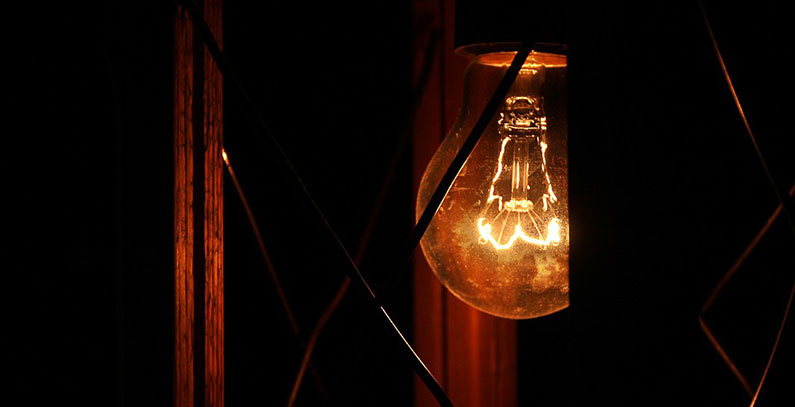
Photo: Pixabay
From July 2018, it is not going to be possible to buy traditional incandescent bulbs of 100 W or more in Montenegro. According to the Regulation on requirements for ecodesign of incandescent bulbs for households, this is only the first step in a phased ban of conventional lightbulbs from the market.
The Montenegrin Ministry of Economy that issued the Regulation has announced that this document is just one 16 regulations that administrate the introduction of ecodesign requirements for some product groups that affect energy consumption. The goal is to gradually eliminate certain technologies from the market and to do it in line with the EU directive.
After July 1 this year, the incandescent bulb of 100 W and more will be banned from the market in Montenegro. From January 1 next year, the ban will apply to light bulbs of 75W, and from July 1, 2019, to 60W light bulbs.
From January 1, 2020, no conventional incandescent bulbs will be permitted at the market of Montenegro, unless new light bulb technology provides an energy efficient bulb, the statement reads.
According to the Ministry of Economy, with the support of the German Society for International Cooperation (GIZ) and the European Bank for Reconstruction and Development (EBRD) the Ministry issued 25 rulebooks in the previous period, administrating the introduction of requirements for ecodesign and energy efficiency labeling.
The European Union started a phased ban on the sale of incandescent light bulbs in 2009, aimed at reducing the energy use of lighting, and from September 1, 2012, an EU directive banned the remaining 40 W and 25 W incandescent bulbs to be sold. Similar bans came into effect for 60W and 100W incandescent bulbs over the previous three years.
The ban is one of a series of measures to support the E.U. goal of cutting greenhouse gas emissions by 20 percent by 2020.
The restrictions at the time were predicted to save 39 TW-hours of electricity across the EU annually by 2020.


















Be the first one to comment on this article.